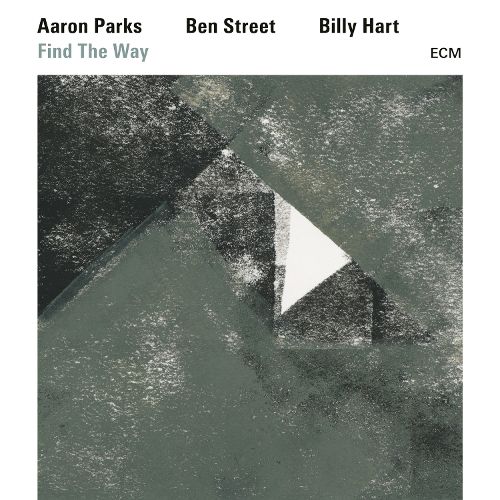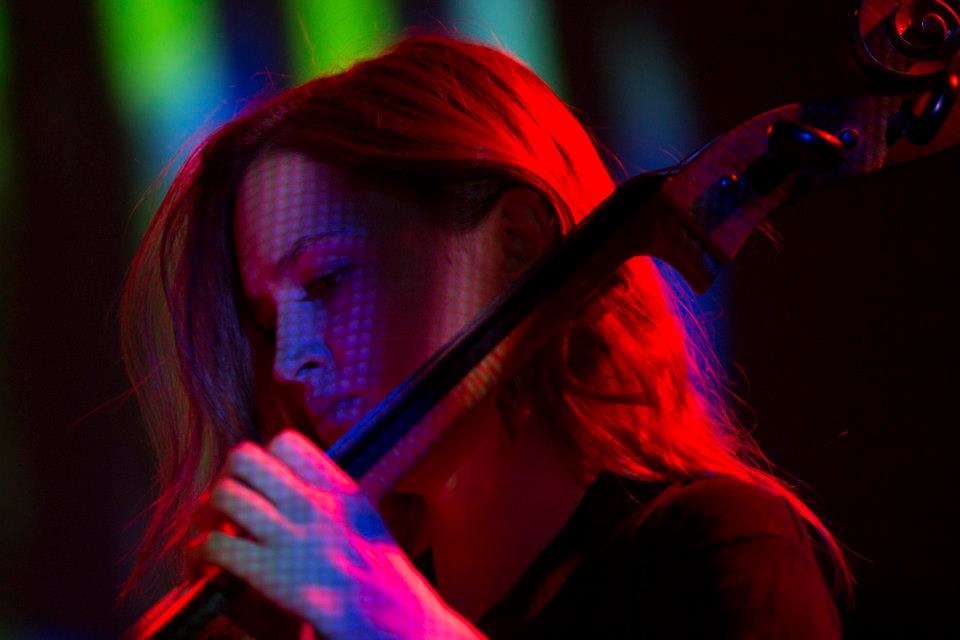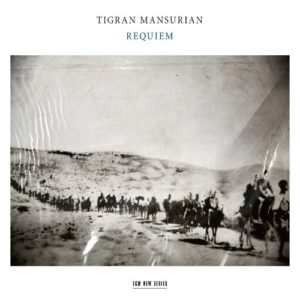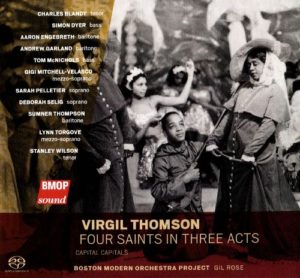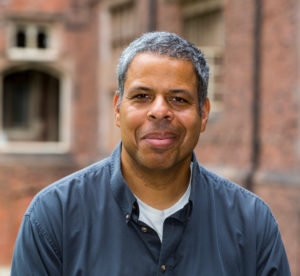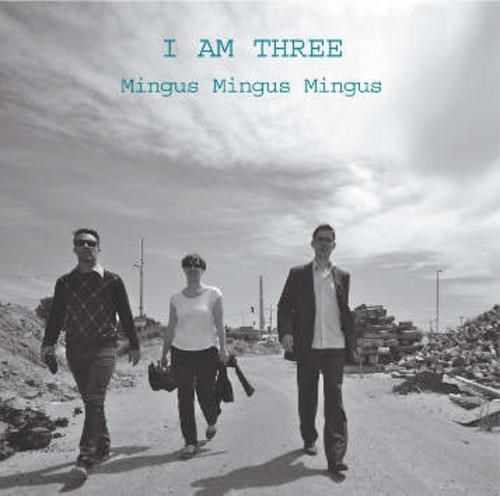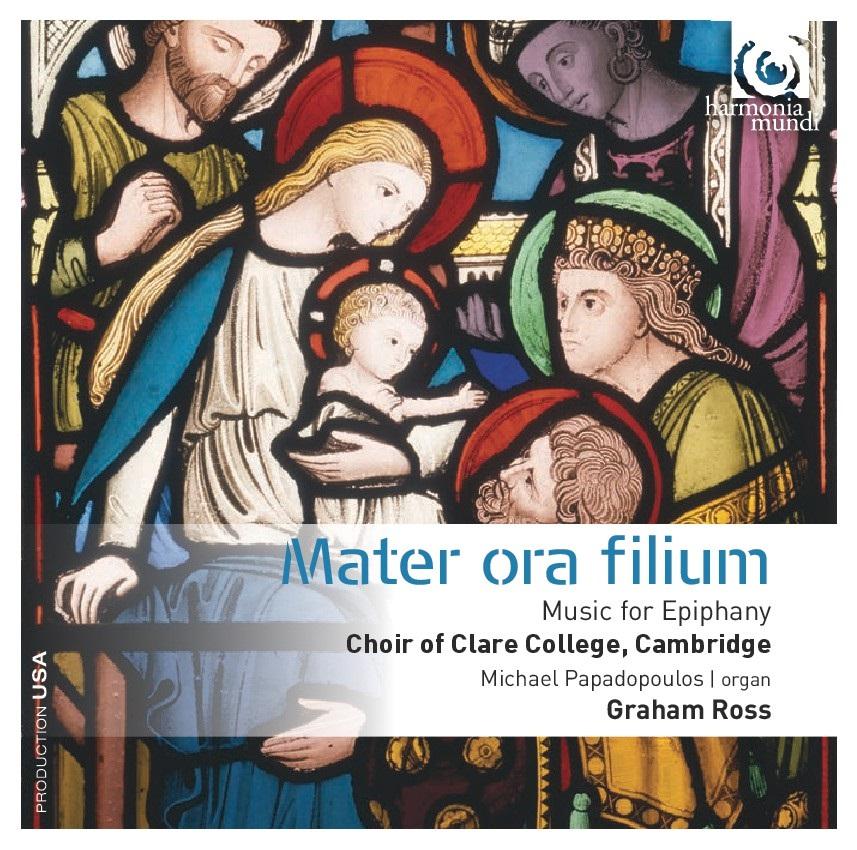
Now, and Then
Orchestra Della Svizzera Italiana; Dennis Russell Davies, conductor
Pablo Márquez, guitar
ECM 2485
November 17 sees the release of Now, and Then, an ECM recording of transcriptions by composers Bruno Maderna and Luciano Berio. In addition to his creative pursuits and new music advocacy, Maderna (1920-1973) was in demand as a conductor of classical repertoire. Rather than performing the instrumental music of the Italian Renaissance and Baroque eras with its original, reduced, forces, he made transcriptions of figures such as Frescobaldi, Legrenzi, Gabrieli, Viadana, and Wassenaer (all included on this CD) for the modern orchestra. They are successful arrangements, spotlighting the sonorous brass choirs that epitomize the antiphonal music of this era while deftly incorporating idiomatic passages for the other sections of the orchestra.Russell Davies leads sumptuous yet finely detailed performances of these pieces.
Berio (1925-2003) recreated his Sequenza XI for solo guitar as the ensemble work Chemins V (1992). It is a delirious, sensuous trope on the original, allowing the guitarist – in this case the estimable Pablo Márquez – plenty of virtuosic solo work, while responding to it with imaginative orchestral textures. Some of these serve to augment the percussive quality of the guitar, while others lengthen and sustain the pitch material, creating a haloing effect. Partway through, a thunderous climax in the percussion precedes the longest of the solo cadenzas, underscoring that this is no mere arrangement but a profound reshaping of the original.
In the United States, Russell Davies may be best known for his championing of minimalists. However, like Maderna, his catalog and duties have been widespread both in terms of repertoire and geography. Witnessing him, years ago, tackle formidably complex premieres with American Composers Orchestra, it is gratifying to hear him return to similarly intricate fare in the Berio. Now, and Then is an imaginative and finely wrought recording: recommended.

